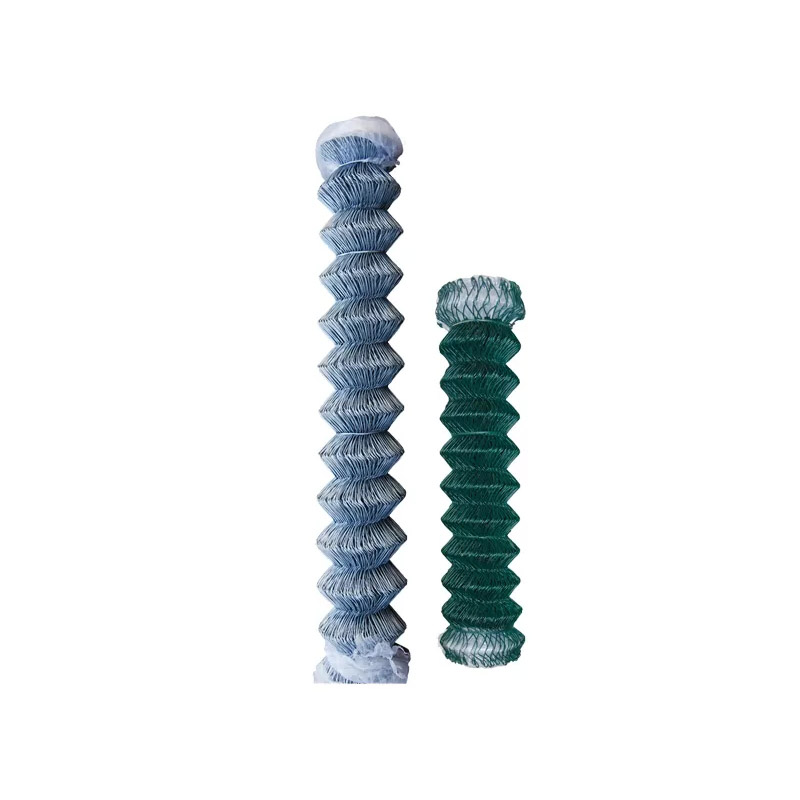
- Mobile Phone
- +8613931874955
- sales@cntcmetal.com
wall ties for cavity walls
Wall Ties for Cavity Walls An Overview
Cavity walls have become increasingly popular in modern construction due to their effective thermal insulation and moisture control properties. One crucial component in the stability and longevity of cavity walls is the wall tie. Wall ties are essential elements that connect the outer leaf (the external wall) to the inner leaf (the internal wall) of a cavity wall, ensuring structural integrity and preventing collapse over time.
What Are Wall Ties?
Wall ties are typically made of durable materials such as stainless steel, galvanized steel, or polymer-based materials. Their primary purpose is to provide structural support and maintain the stability of the cavity wall system. They are installed at regular intervals between the two leaves of the wall, creating a strong bond while allowing for movement and expansion. This flexibility is vital, as walls can shift due to temperature changes, moisture absorption, and other environmental factors.
Importance of Wall Ties
1. Structural Stability The most critical role of wall ties is to enhance the overall structural stability of the cavity wall. They resist lateral forces such as wind and seismic activity, ensuring that the wall remains intact even under stress.
2. Moisture Control Cavity walls are designed to prevent moisture from penetrating the inner leaf. Wall ties do not obstruct the drainage path within the cavity, allowing any moisture that penetrates the outer leaf to escape. This function is crucial in preventing dampness and mold growth inside the building.
3. Thermal Efficiency By securing the two leaves of the wall, wall ties help create a continuous thermal barrier, reducing heat loss and improving energy efficiency. This is particularly important in regions with extreme temperatures, as it contributes to a comfortable indoor environment.
4. Building Regulations and Standards Wall ties must comply with various building codes and standards, ensuring their quality and effectiveness. Proper design and installation are paramount to achieving the desired structural performance and durability.
wall ties for cavity walls

Types of Wall Ties
There are several types of wall ties available, each designed for specific applications
- Twist Ties Commonly used for brick and block construction, twist ties offer a strong connection while allowing some degree of movement. - Restraint Ties These ties are used to secure the outer leaf of a building to the framing behind it. They are particularly important in preventing the outer walls from bowing due to wind loads.
- Masonry Ties Designed specifically for masonry walls, these ties help bond different materials and accommodate varying expansion and contraction rates.
Installation Considerations
The correct installation of wall ties is crucial for their performance. The spacing of wall ties should adhere to building codes, typically ranging from 450mm to 600mm vertically and 900mm to 1200mm horizontally. Factors like the building's height, the type of materials used, and local environmental conditions can influence the specific requirements for wall tie installation.
Additionally, it is essential to ensure that wall ties are installed at appropriate heights, particularly above openings such as doors and windows, to provide additional support where needed.
Conclusion
In summary, wall ties play an indispensable role in the performance and longevity of cavity walls. By providing structural stability, aiding in moisture control, and enhancing thermal efficiency, they are a key component in ensuring that buildings can withstand various environmental challenges. Proper selection, installation, and maintenance of wall ties are essential for achieving the best results and ensuring the safety and comfort of the occupants in any building. As construction practices continue to evolve, the importance of understanding and implementing effective wall tie solutions will remain critical for architects, engineers, and builders alike.
share:
-
Yard Sign Stakes: Reliable Guardians of Outdoor SignsNewsAug.04,2025
-
Wall Ties: Invisible Guardians of Building StabilityNewsAug.04,2025
-
Resilient Web: The Super Guardian Power of Concrete MeshNewsAug.04,2025
-
Masonry Accessories: A versatile assistant on building foundationsNewsAug.04,2025
-
Iron Binding Wire: the 'invisible reinforcement specialist' in the fields of architecture and industryNewsAug.04,2025
-
Dynamic Spring: The diverse functions and excellent performance of Wire Tension SpringNewsAug.04,2025
-
Your Source for Concrete Wall Ties and Masonry AccessoriesNewsJul.10,2025



















